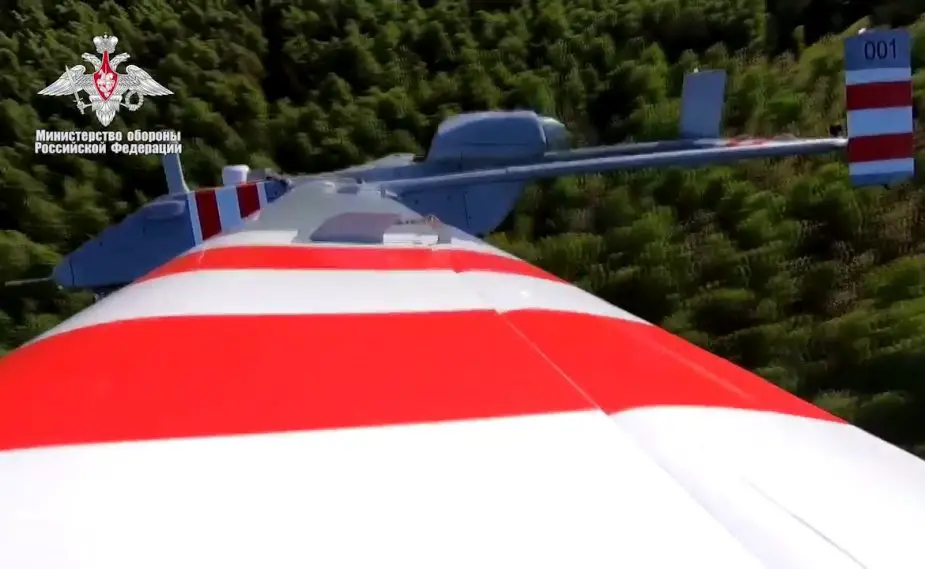The Russian armed forces will soon get the first unit of long-range reconnaissance drones. The unit of the Western Military District will be armed with Forpost-R unmanned aerial vehicles (UAV) which will be later replaced by Altius.

Forpost-R UAV (Picture source: Russian MoD)
Experts believe they will increase combat capabilities in the western strategic direction. The drones will engage in reconnaissance and strike with precision bombs and missiles, as well as detect targets for Iskander or Kalibr, the Izvestia daily writes.
The drone unit will be deployed in Shatalovo in Smolensk region, sources in the Defense Ministry said. Shatalovo airfield is located in an important geographical place which controls all transport communications to Moscow and Central Russia from the west, expert Anton Lavrov said. "Altius drones can patrol the most important section of the western border. They will control the border with Belarus and fly along the frontier up to the Baltic Sea in the north. In the south, they will monitor the northern border with Ukraine. The deployment of the first drone detachment in Smolensk region means that the armed forces pay close attention to the western strategic direction," he said.
The Russian drones will be integrated into a single information contour together with attack weapons on the ground, in the air and sea. Such a possibility provides for a complex engagement of Kalibr or Iskander missiles. They can use the information supplied by reconnaissance drones in real time. Strikes with precision bombs and missiles of the drones will be delivered by the command of the operator.
Drones can operate in the interests of the Ground and Aerospace Forces. Altius will with time replace reconnaissance Su-24MR aircraft which have exhausted the resource, but still operate, the expert said.
Forpost-R is one of the most reliable drones in the armed forces. It made the first test flight in late 2013 and batch production began several months later. The drones are actively engaged in Syria to search and identify targets and monitor the results of cruise missile strikes to increase the effectiveness of raids. This drone is designed to collect reconnaissance data and engage in monitoring and other missions. It operates in a radius of 250 km from the operator, develops a speed of over 200 km/h, and can stay in the air for 17 hours. The drone is produced for reconnaissance missions. It carries optical and infrared cameras for round-the-clock monitoring.
Altius is a heavier and more sophisticated vehicle: it is a twin-engine reconnaissance-strike craft weighing nearly 6 tons. It is nearly completely made of composite materials. The craft is undergoing trials at present. It made its maiden flight in August 2019. Altius can patrol the territory for two days at a cruising speed of 150-250 km/h. The payload of one ton includes precision missiles and bombs. The drone can engage in all reconnaissance missions with optical and radar means. One of the main design specifics is the use of a satellite control channel to make the engagement radius practically unlimited. Due to the range, Altius can detect targets thousands of kilometers away and engage in reconnaissance in the depth of the adversary territory, the Izvestia said
© Copyright 2019 TASS / Army Recognition Group SPRL. All rights reserved. This material may not be published, broadcast, rewritten or redistributed.















